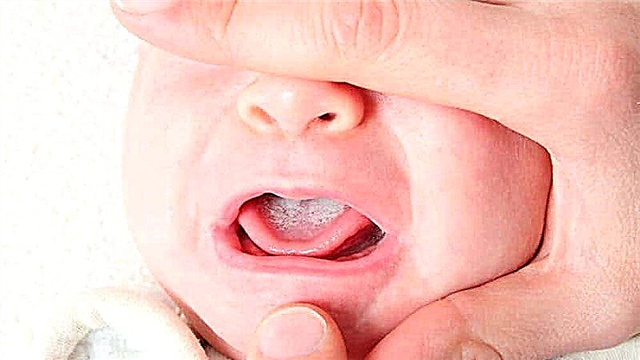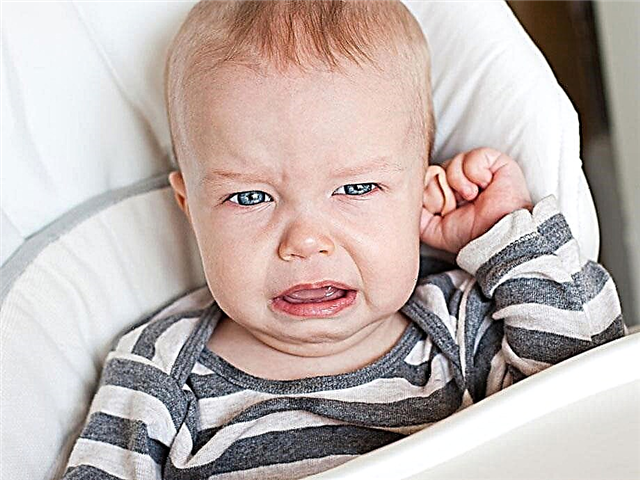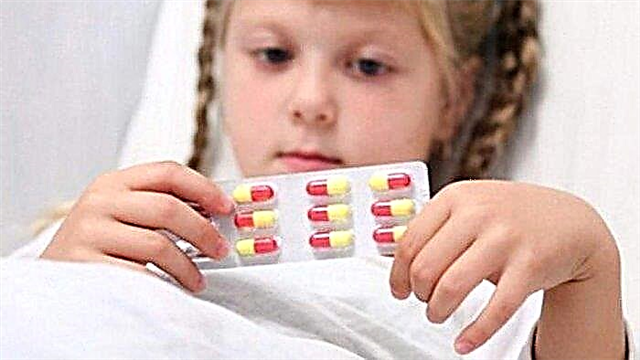Children are the most curious explorers in the world. They want to touch and taste everything. What gets into the mouth of a child is not always absolutely or even relatively clean. Therefore, stomatitis in children is a frequent occurrence. In our article, we will analyze what pediatric stomatitis is and how to treat stomatitis in children in the mouth.
What is stomatitis?
Stomatitis is the appearance of inflammatory changes in the oral mucosa.
Stomatitis varies:
- for reasons that caused the disease (viruses, fungi, bacteria, injuries, manifestations of allergic reactions);
- according to the degree of damage (catarrhal, vesicular, aphthous, ulcerative, necrotic).
Common signs of stomatitis in children
The symptoms of stomatitis in children are divided into two main groups:
- Local (local). These include edema, hyperemia (redness), rashes on the tongue and mucous membranes.
- General. This is a rise in temperature, weakness, rapid fatigue, chills.
How to understand that a child is sick with stomatitis?
Signs of the manifestation of the described disease in children are redness and rashes on the mucous membrane, the appearance of plaque on the lips, tongue, on the cheeks, pain in the mouth that appears during conversation and eating.
 Stomatitis in an infant is manifested by a complete refusal to eat. The kid is worried, constantly crying.
Stomatitis in an infant is manifested by a complete refusal to eat. The kid is worried, constantly crying.
The famous pediatrician Komarovsky E.O. puts forward the theory that the underlying cause of all forms of stomatitis in children is changes in the bactericidal composition of saliva.
What does stomatitis look like in children, depending on the type
Herpetic stomatitis in children
In babies, herpetic stomatitis is activated by the Herpes simplex virus (herpes simplex). It manifests itself as multiple rashes, erosions and aphthae on the mucous membrane in the oral cavity. Especially often such stomatitis appears on the tongue in children.
 In young children, stomatitis manifests itself in the form of herpes in most cases. 80% of cases are children from 1.5 to 3 years old.
In young children, stomatitis manifests itself in the form of herpes in most cases. 80% of cases are children from 1.5 to 3 years old.
Stomatitis of a herpetic nature in children is often paroxysmal. The appearance of rashes and symptoms of general intoxication ends with a short period of well-being, and then new papules appear with a jump in temperature.
Candidal stomatitis in children (stomatitis candidosa)
Candidal stomatitis (thrush in the oral cavity) is manifested by the formation of white plaque on the tongue, lips, inside on the surface of the cheeks, on the mucous membrane of the soft and hard palate. It is caused by a fungus of the genus Sandida.
 Stomatitis in newborns usually manifests itself in this particular form of the disease. It is characterized by severe discomfort in the mouth and general malaise. The child stops eating.
Stomatitis in newborns usually manifests itself in this particular form of the disease. It is characterized by severe discomfort in the mouth and general malaise. The child stops eating.
Aphthous stomatitis in children (stomatitis aphthosa)
Aphthous stomatitis in a child is the most common form of childhood stomatitis. Differs in the formation of small painful ulcers (aft) of a gray-yellowish tint. The mucous membrane around the ulcer is colored bright crimson. Rashes are defined on the cheeks, lips, back of the tongue, in the throat.
Stomatitis in a child's tongue is particularly painful. It is also characterized by an undulating current.
Traumatic stomatitis in children
Manifestations of traumatic stomatitis occur when mechanical damage to the mucous membranes. Stomatitis in a one year old child is usually of this type. At this age, the baby is actively exploring the world around him and pulls everything interesting into his mouth.
Characterized by swelling of the mucous membrane at the site of injury, pain when eating and drinking.
Allergic stomatitis in children

In children, allergic stomatitis occurs with drug or contact allergies. The allergen either enters the body, or directly comes into contact with the mucous membrane.
With an allergic reaction of an instantaneous type, this type of stomatitis can occur with symptoms of angioedema of Quincke. This is a condition that is dangerous for the life of a child in case of untimely or incorrectly provided assistance.
Viral stomatitis in children
Manifestations of stomatitis develop as a result of recent infections (herpes, measles, chickenpox). Symptoms of the disease at the onset stage may resemble a sore throat.
Pediatric stomatitis treatment
How to treat stomatitis in children depends on the form of the disease. Correct diagnosis is important so that relief comes as soon as possible.
Inflammatory diseases of the oral cavity create discomfort, pain, burning sensation, which one wants to get rid of as soon as possible. In this case, it is important to rely on drugs that not only eliminate unpleasant symptoms, but also affect the cause of inflammation: pathogenic bacteria, viruses and fungi. For example, a triple action dental gel Cholisal®.
When applied topically, the active ingredients of the drug are absorbed through the mucous membrane of the oral cavity, helping to relieve pain and inflammation, as well as acting on viruses, fungi and pathogenic bacteria. The gel adhesive base helps to retain the active substances on the mucous membrane, prolonging their action 1.
It should be noted that Cholisal® gel does not contain lidocaine and can be recommended for patients with lidocaine intolerance.
How to treat stomatitis in children with its different forms? Herpetic stomatitis in children is treated with antiviral drugs with an acyclovir base (Zovirax, Acyclovir, Valtrex). These drugs are prescribed topically and for oral administration.
Also locally used immunomodulators - gel Viferon and Imudon (tablets for resorption).
For local treatment, antiseptic solutions are used (Miramistin, Chlorhexidine).
- Treatment of aphthous stomatitis in children includes the use of Cholisal gel, which has anti-inflammatory and analgesic effects. When stomatitis occurs in an infant, gels are usually prescribed for the teething process (Dentinox);
- treatment of candidal stomatitis in children consists of mucosal treatment and oral administration of antifungal drugs. If stomatitis has caused the use of antibiotics, you should, if possible, stop taking them and give the child funds to restore the microflora.
With an increase in temperature and intoxication, ibuprofen-based drugs (Nurofen, Panadol) are used.
Stomatitis in children under one year old at elevated temperatures can be accompanied by intoxication and dehydration, therefore it is very important to observe the drinking regime (warm fractional drink with the exception of acidic drinks and juices).
Treatment of stomatitis in children usually takes place at home. Inpatient treatment is prescribed for constant relapses and prolonged course of the disease.
Do not use sprays containing 10% lidocaine when treating stomatitis in children. They relieve pain perfectly, but can cause burn lesions on the thin mucous membrane. It is necessary to exclude dyes (potassium permanganate, brilliant green), since they do not contribute to the acceleration of healing, but at the same time stain the mucous membrane and can hide the true course of the disease.
Treatment of stomatitis in children with folk remedies is using plant substances with immunomodulatory properties (aloe, rose hips, honey, propolis, cranberries).
Stomatitis in infants should never be accompanied by cessation of breastfeeding. Even if the baby refuses to suck because of painful sensations. In this case, you should express yourself.
How long stomatitis lasts in children is impossible to answer for sure. Usually, from the first manifestations to complete recovery, it takes from 7 to 14 days. The severity of the course and the duration of stomatitis depend on the state of the child's body, his immunity and the form of the disease.
In the treatment of stomatitis, it is important to start a complex effect from the first manifestations of the disease. It is highly undesirable to delay an appointment with a specialist and self-medicate. Therefore, the question of how to quickly cure stomatitis in a child has only one answer: it must be treated under the supervision of a specialist.
Prevention
Prevention consists in:
- rational and healthy diet;
- careful, but maximum care for the oral cavity (this is hygiene 2 times a day, starting from the appearance of the first tooth, correctly selected means for cleaning teeth);
- timely treatment and treatment at the dentist. This helps to eliminate infection in the oral cavity.
For children, a consultation with a dentist is required once every 3 months. As prescribed by the pediatrician, vitamin complexes should be prescribed 1 - 2 times a year to maintain the general condition.
In the presence of chronic injuries, while wearing prostheses or braces, you should consult your doctor to exclude further manifestations of traumatic stomatitis.
[1] Instructions for use of the medicinal product for medical use Cholisal® There are contraindications. It is necessary to read the instructions or consult a specialist.



